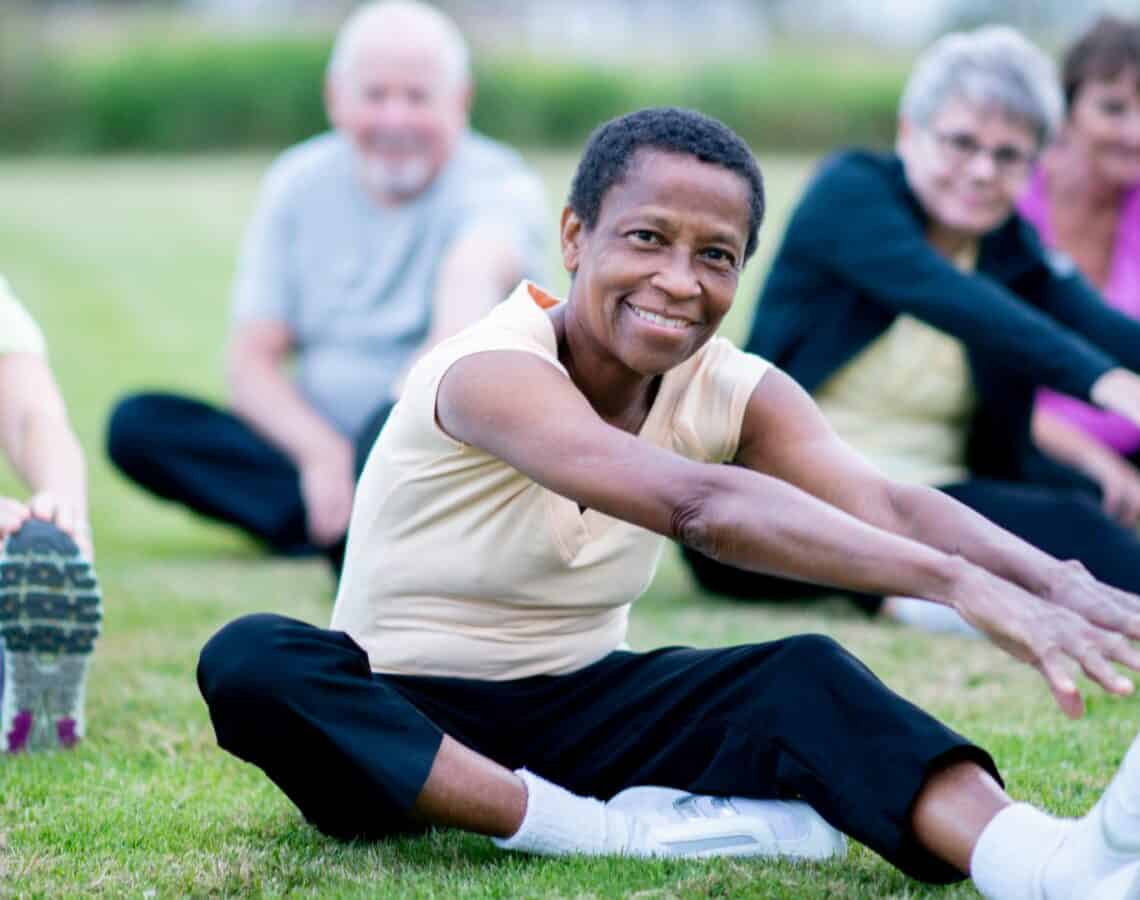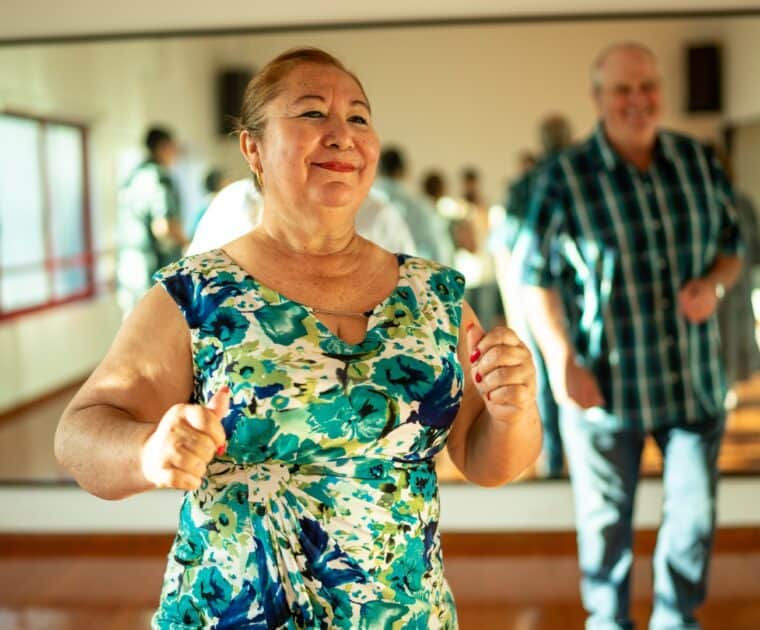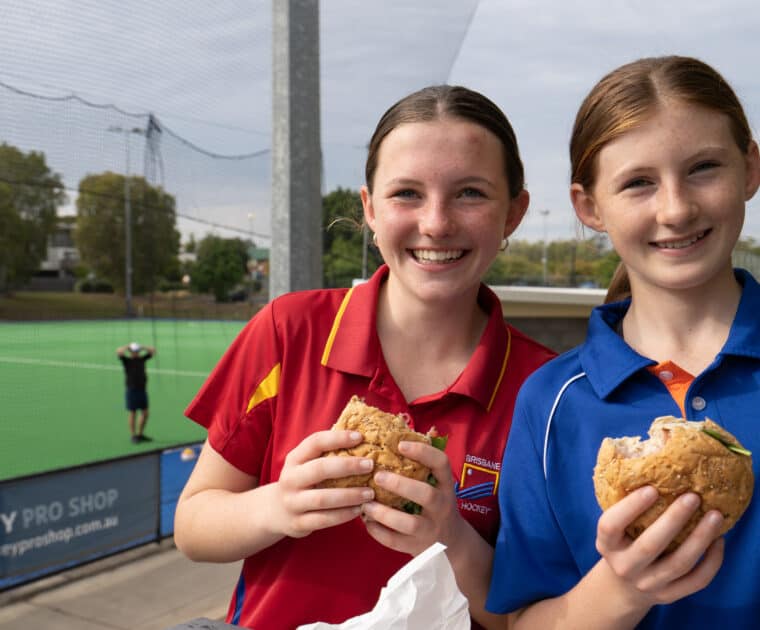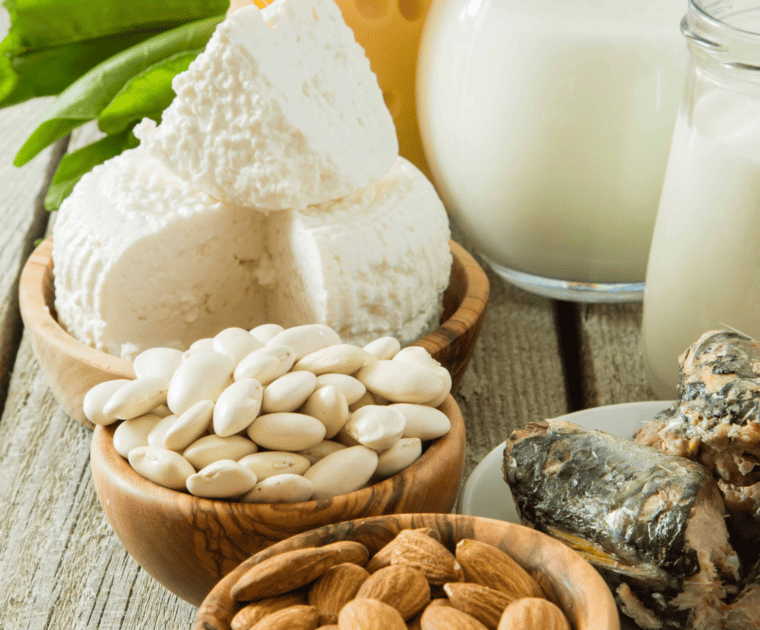Start resistance exercise today for healthier ageing tomorrow

If you have ever been told you have pre-diabetes, diabetes, cardiovascular disease, or are at risk of falling, resistance exercise can turn things around.
Resistance exercises can help to support strength, balance, flexibility and manage chronic disease as we age.
The National Health and Medical Research Council, reports that fewer than 10% of older Australians meet recommendations for strength-based activity.[1]
Which activities count as resistance exercise? This week, Exercise Right Week from 22–28 May is the perfect time to find out and get the most out of life.
What is resistance exercise?
Australian guidelines recommend older people (≥65 years old) do a range of activities that incorporate fitness, strength, balance and flexibility.[2]
Tips and Ideas for Older Australians (65 years and older) shows seniors how to incorporate strength, balance and flexibility into their life.[3]
Put simply, 4 types of activities are needed to keep you healthy.[3]
- Strength activities to help you maintain bone strength include lifting and carrying (for example, groceries or small children), climbing stairs, moderate yard work and callisthenics.
- Flexibility activities to help you move more easily include Tai Chi, bowls (indoor and outdoor), yoga, stretching, dancing, mopping and vacuuming.
- Balancing activities include half squats, side leg and heel raises.
- Moderate activities for your heart, lung and blood vessels include brisk walking, continuous swimming, golf, water aerobics, cycling, washing the car, walking the dog, garden work, mopping and vacuuming, tennis and dancing.
If you can, also try to reduce the time you spend sitting for long periods.[3]
How can I get started?
In a practical sense, resistance exercise is essential for healthy ageing and it’s never too late to get started.
Tips and Ideas for Older Australians (65 years and older) recommends making a specific time to do basic exercises, such as, shoulder rolls, knee lifts, heels up toes up stretches, side leg raises or the following activity for strength and balance.[3]
Exercise type
Stand up and sit down (with or without assistance) for strength and balance.
Exercise method
- Sit on your chair with your feet flat on the floor and slightly apart. Try to keep your back and shoulders straight throughout this exercise.
- Slowly stand up without using your hands (or as little as possible). Slowly sit back down and pause.
- Do this 8–15 times, for 2–4 rounds on 2–3 non-consecutive days per week.
Exercise tips
Adjust the intensity and amount of exercise to suit your ability.
Try using assistance if you are finding it difficult to do at least 2 rounds of 8 unassisted stand ups to sit downs. This might include holding on to the back of an armchair or using a walking aid. Make sure you have enough time between rounds to recover.
A quick mental checklist will help you to know whether you need a break. Are you experiencing an uncomfortable ‘burn’ in your muscles or breathing too much to be able to hold a conversation? Do you feel ready for another round?
Strength, balance and flexibility activities help to combat age-related losses of muscle strength, muscular size and frailty.
This is important because natural age-related factors can have debilitating consequences over physical functioning, mobility, independence, chronic disease management, psychological wellbeing and quality of life.
Make your move
Participating in regular physical activity and limiting the amount of time being sedentary can have significant health benefits–it reduces the risk of chronic conditions and other disease risk factors such as overweight and obesity, and also improves social and emotional health and wellbeing. [1]
Almost 4 in 10 adults aged 18–64 reported not having enough time or having too many commitments as the main barriers to participating in sport and recreational physical activities.[1]
While there are many opportunities to be physically active every day, our social, environmental and cultural context–as well as the settings in which we live, work and play–are important determinants of physical activity participation. [1]
One way to start is by choosing to do at least 30 minutes of moderate activity each day.[3]
Also try to do some form of stretching each day–even if it is while sitting down.[3]
Be active for life!
Research shows that resistance exercise can counter the implications of inactivity, which tends naturally to occur as we age.[4]
Resistance exercise improves physical functioning, mobility, independence, chronic disease management, psychological wellbeing and quality of life, to name a few benefits.
Start today for healthier tomorrow!
Sources
[1] Physical activity across the life stages (NHMRC)
[2] Physical activity and exercise guidelines for all Australians






